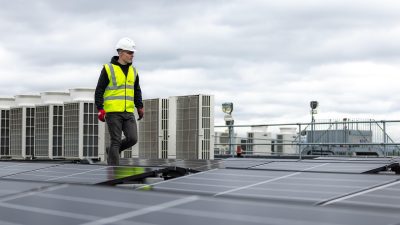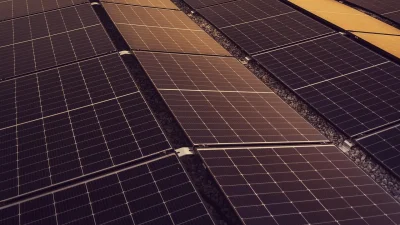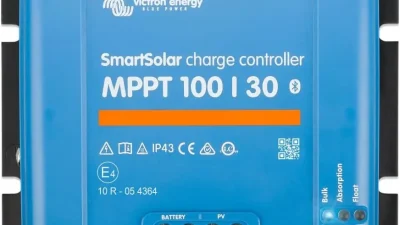Introducing children and students to solar energy through hands on activities is a powerful way to build STEM skills and environmental awareness. Solar DIY projects for kids and schools bring science out of the textbooks and into real life, helping learners understand how sunlight can be harnessed for everyday use. With curiosity and fun at the core, these projects make the topic approachable while nurturing the innovators and problem solvers of tomorrow. In this comprehensive guide, you will discover the best solar DIY ideas, their educational benefits, necessary safety tips, and advice on selecting age appropriate projects. Whether you are a teacher, parent, or educational program leader, this guide equips you to inspire the next generation with solar energy.
Table of Contents
- Why Solar Energy Projects Are Ideal for Kids
- Educational Benefits of Solar DIY Projects
- Top Solar DIY Projects for Kids and Schools
- How to Integrate Solar Projects Into School Curriculum
- Choosing the Right Solar Project for Each Age Group
- Safety Guidelines and Tips for Success
- Best Resources and Kits for Solar DIY Projects
- Conclusion: Building a Brighter, Greener Future
Why Solar Energy Projects Are Ideal for Kids
Solar energy projects give children a tangible introduction to renewable energy and basic engineering. Unlike other power sources, solar cells are lightweight, clean, and easy to demonstrate at a small scale. When kids see how sunlight can spin a motor or light a bulb, they gain firsthand experience of scientific concepts such as energy transformation and circuits. The interactive nature of solar projects engages students more deeply than passive learning methods, letting them experiment, problem solve, and observe real world outcomes.
Engagement increases further because solar powered devices often need sunshine to work. By measuring sunlight and observing how performance changes throughout the day, children intuitively understand the connection between the environment and energy generation. This aligns with modern educational goals, emphasizing sustainability, inquiry based learning, and discovery through experimentation.
Educational Benefits of Solar DIY Projects
The best solar DIY projects for kids and schools are both fun and foundational for STEM education. These activities strengthen essential skills and knowledge, including:
- Scientific Method: Kids hypothesize, test, and revise models by changing variables such as angle or location.
- Engineering and Design: Projects encourage children to build, tinker, prototype, and improve devices for efficiency or performance.
- Teamwork and Communication: Group projects foster discussion, idea sharing, and collaboration, which reflect real scientific work environments.
- Sustainability Awareness: Hands on exposure to solar technology encourages mindful attitudes toward energy use and environmental responsibility.
- Critical Thinking: Comparing results under different conditions cultivates analytical skills and creativity.
Solar projects lay the groundwork for ongoing study in physics, environmental science, mathematics, and technology, sparking curiosity that can last a lifetime.
Top Solar DIY Projects for Kids and Schools
Choosing the best solar DIY projects depends on age, resources, and learning objectives. Here are several engaging ideas for classrooms, camps, or home learning:
1. Solar Powered Fan or Windmill
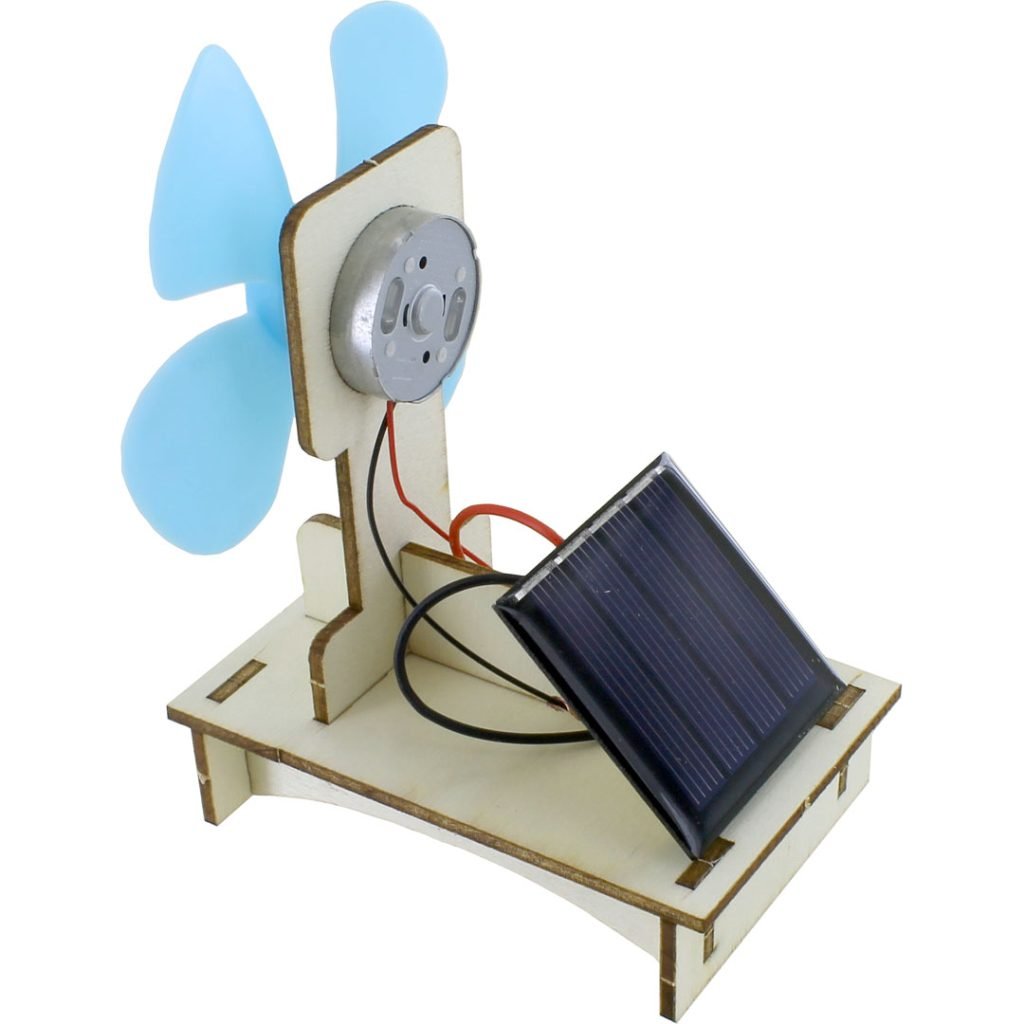
Harness solar energy in action! This Solar Powered Fan DIY STEM Kit from xump.com provides a hands on introduction to renewable energy, electricity, and mechanics. Built on an eco friendly wooden stand, the fan activates using only sunlight, offering a practical demonstration of how solar panels convert light into electricity. Ideal for classrooms and science projects, this kit encourages problem solving, critical thinking, and interest in green technology.
Using a small solar panel and motor, children can assemble a basic fan or windmill. This project visually demonstrates how sunlight is directly converted into electrical and then mechanical energy. Adjusting the angle or shading the panel teaches cause and effect in real time.
2. Solar Oven
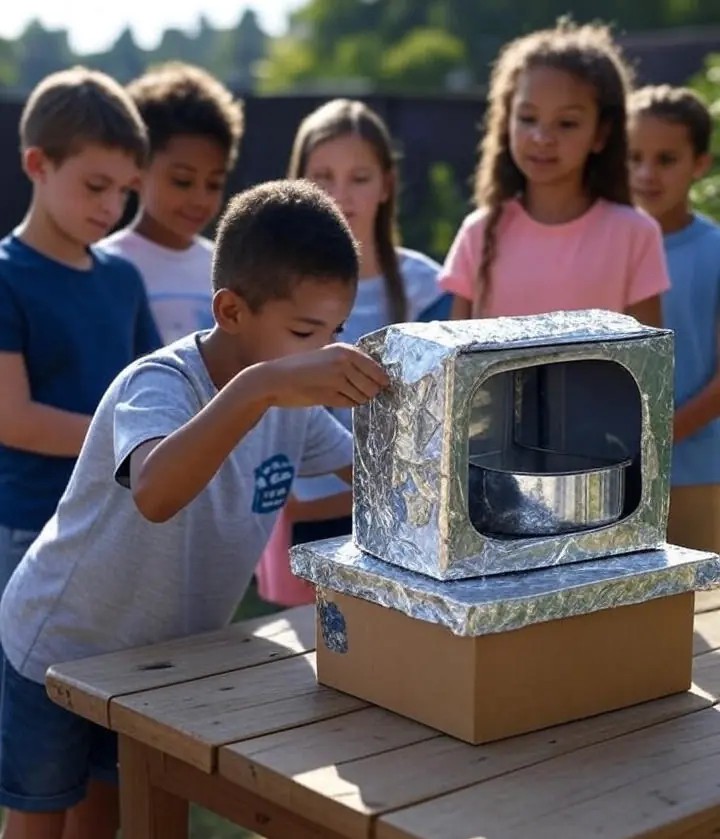
Students demonstrate solar cooking with their homemade oven, constructed from a cardboard box, tinfoil, and glass. Using sunlight reflected and trapped by these materials, the project explores basic principles of renewable energy, heat transfer, and sustainability. This hands on activity encourages scientific observation and creative problem solving while introducing young learners to real world applications of solar power.
A solar oven introduces both energy science and practical life skills. Using household items like boxes, aluminum foil, and plastic wrap, students can design, build, and test solar cookers. Measuring temperature, cooking times, and experimenting with different materials supports a deep understanding of heat transfer and insulation.
3. Solar Race Car
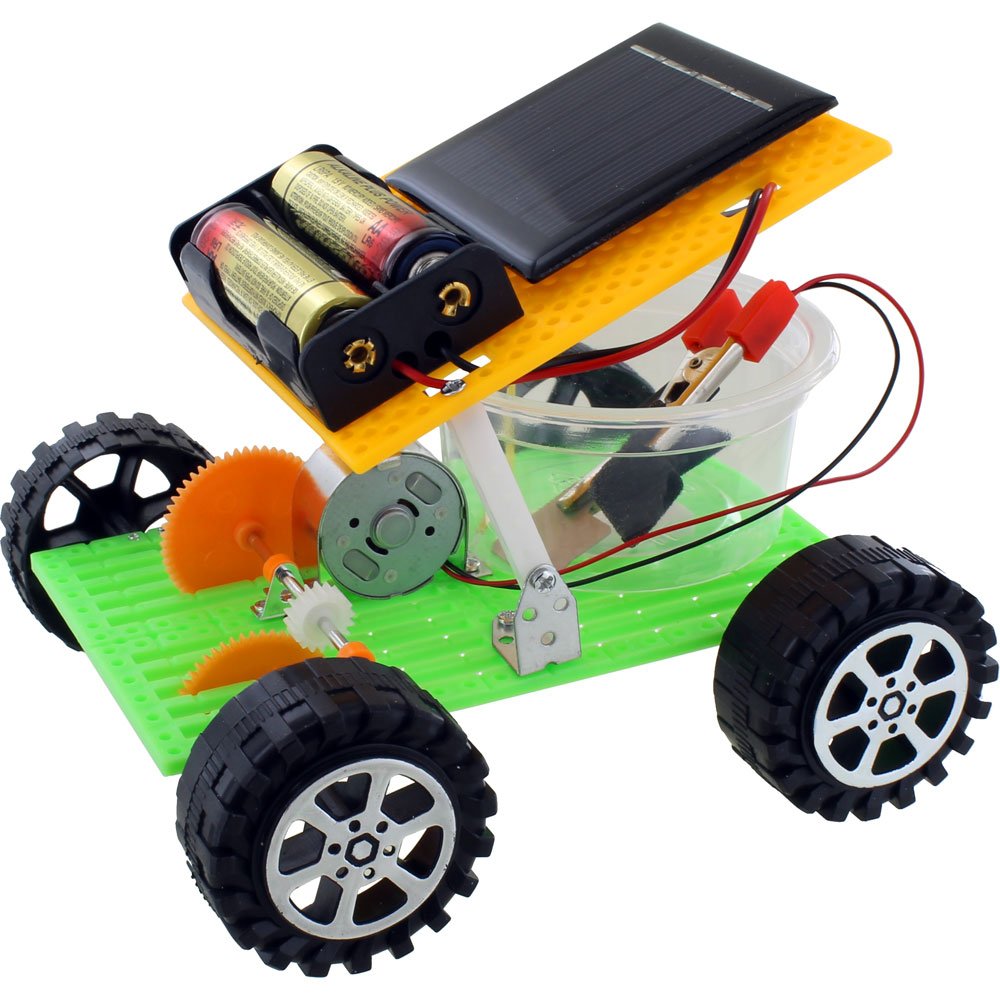
Students can explore alternative energy with this versatile DIY STEM solar car kit, which runs on magnesium air fuel cells (powered by saltwater), solar energy, or standard AA batteries. This hands on project helps learners understand the principles of fuel cells, solar power, and basic mechanics, while also developing fine motor skills. No soldering is required, and all necessary tools and parts are included. Available from xUmp.com.
Building a solar powered race car adds excitement and a competitive element. Kits or recycled materials can be used to construct small vehicles powered by solar panels. Experimenting with body shape, weight, and gear ratios brings engineering principles to life and encourages iterative design.
4. Solar Water Fountain
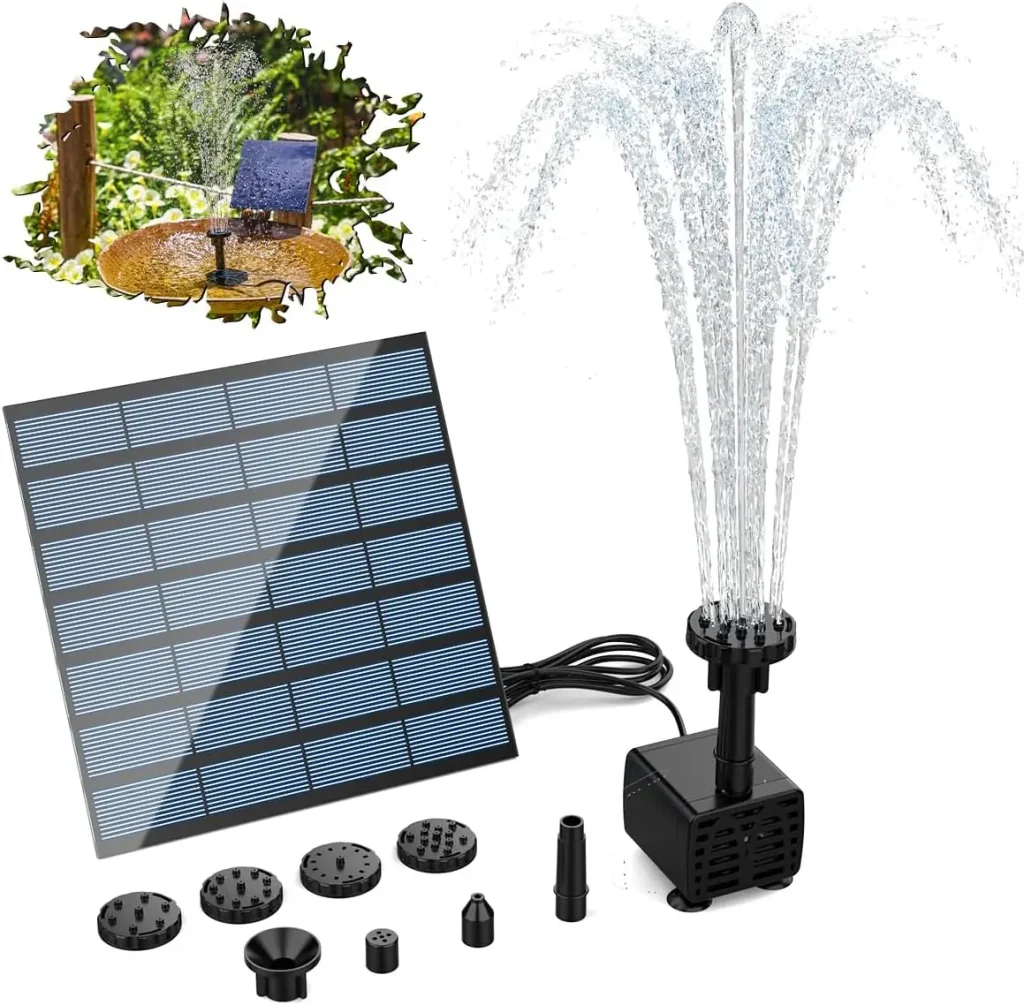
This solar powered water fountain kit contains all the components necessary to demonstrate basic solar energy conversion into mechanical energy. It includes a 1.5W solar panel, a submersible water pump, and multiple interchangeable nozzles to create six different water spray patterns. Designed for use in bird baths, small ponds, or fish tanks, the kit helps illustrate solar powered water circulation and its benefits for maintaining a balanced ecosystem. Easy to assemble and operate, the pump activates automatically in sunlight. Available from Amazon for $9.99 (at the time of writing), this is a low cost kit suitable for educational experiences in science classrooms or home learning about renewable energy and aquatic habitats.
Ideal for older elementary and middle school students, a simple solar powered fountain demonstrates energy conversion and fluid dynamics. This project can be expanded for garden or environmental study units, linking clean energy with ecosystem care.
5. Solar Powered Flashlight
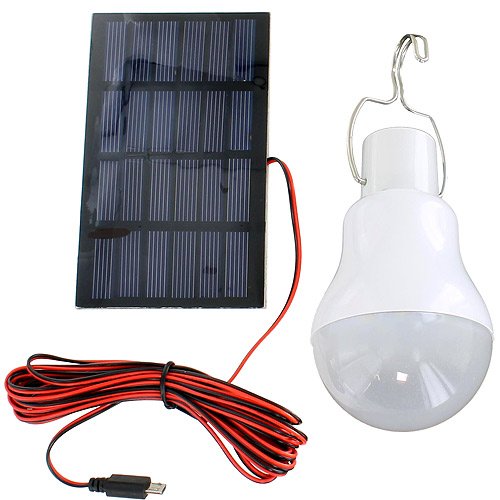
Assembly of a solar flashlight teaches basic electronics and the use of rechargeable batteries. This project inspires discussions around energy storage, lighting efficiency, and real world applications in areas lacking reliable electricity.
6. Solar Variety Kit
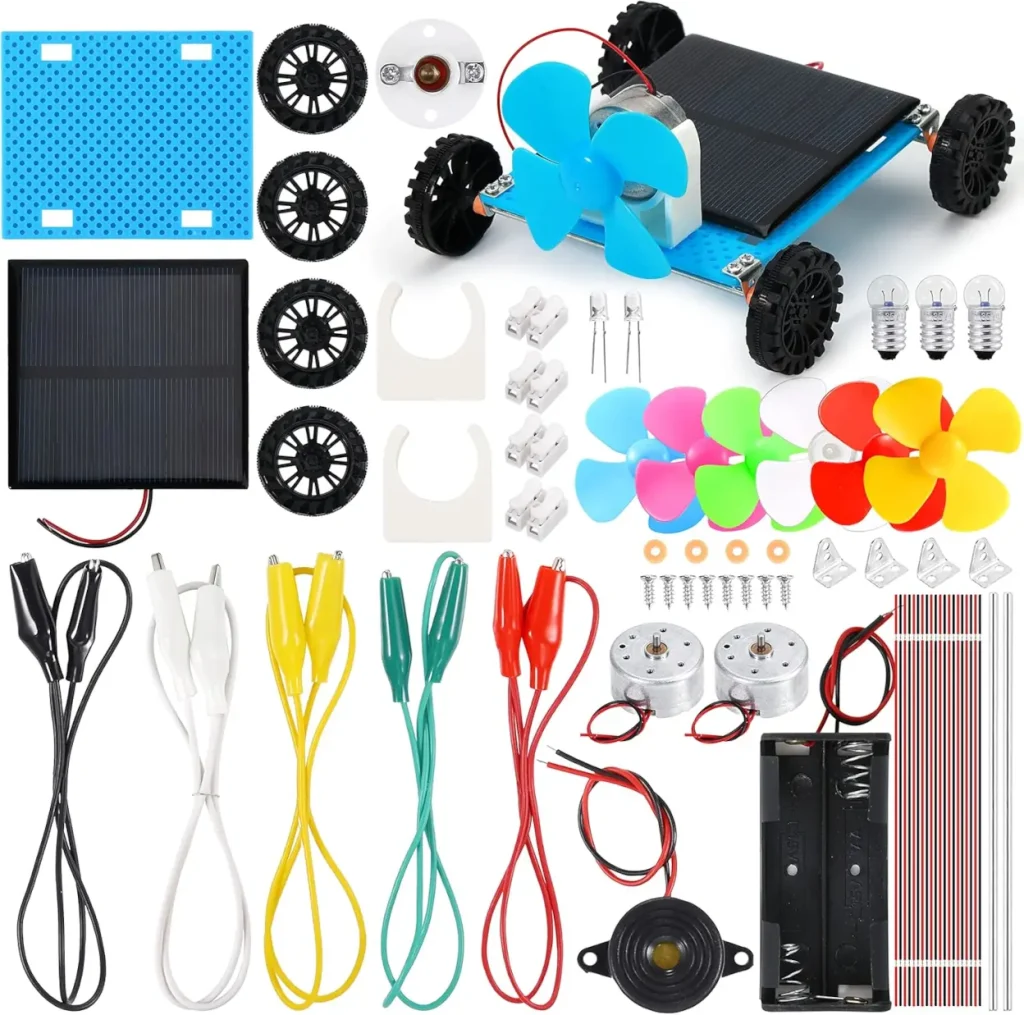
A solar variety kit encourages students to investigate fundamental solar energy principles, such as how sunlight can be converted into electricity. By assembling different circuits and observing how solar panels power various components, learners gain practical experience with concepts like energy transformation, electrical flow, and the impact of circuit design. These experiments foster critical thinking, creativity, and an understanding of sustainable energy sources, whether used in a classroom setting or for independent exploration at home.
How to Integrate Solar Projects Into School Curriculum
For the best results, align solar DIY projects with science standards and lesson plans. Solar energy activities can be featured within units on electricity, weather, sustainability, or engineering design. Invite students to research solar technology, analyze current photovoltaic innovations, or write reports on real world solar installations in your region.
In multidisciplinary approaches, teachers can combine solar projects with mathematics (calculating power output), language arts (writing manuals or presentations), and social studies (exploring solar adoption worldwide). Encourage students to reflect on their learning and present their findings to peers, consolidating lessons through synthesis and communication.
Field trips to local solar farms or renewable energy centers complement in class activities and help students visualize scalability and impact. Solar projects also align well with Earth Day, Science Week, or STEM club programming, offering additional opportunities for hands on investigation and celebration of green technology.
Choosing the Right Solar Project for Each Age Group
The best solar DIY project is one that aligns with students’ developmental stage, skill level, and curricular goals. Here are some guidelines for matching activities to grade levels:
- Kindergarten to Grade 2: Focus on simple demonstrations (moving fans, basic light circuits) using pre assembled parts. Emphasize observation, play, and exploration over technical detail.
- Grade 3 to 5: Allow students to assemble modular kits, measure effects of sunlight, and begin simple troubleshooting. Projects like ovens, basic cars, or creative solar art work well for this group.
- Middle School (Grade 6-8): Assign multi step builds (small fountains, advanced cars, or layered solar ovens). Integrate design challenges that require modifications, measurement of outputs, and hypothesis testing.
- High School: Introduce more complex circuitry, electronics, and data analysis. Solar powered desalination, advanced lighting systems, and experimentation with series parallel panel arrangements open new areas for study.
At all levels, encourage choice and creativity. Offer scaffolded challenges so every student can experience success, but present optional extensions for those ready to push further.
Safety Guidelines and Tips for Success
Solar DIY projects are generally safe when performed with care and age appropriate supervision. Follow these tips to ensure a positive and secure experience:
- Provide adult supervision, especially when using tools (scissors, hot glue guns) or handling small parts.
- Instruct students on proper handling of solar panels, wires, and rechargeable batteries. Avoid short circuits and use insulated holders if possible.
- Emphasize sun safety: wear hats and sunscreen during outdoor activities and avoid direct midday sun in hot climates. Equip work areas with water and shade.
- Check all circuits before testing and ensure connections are secure. Use only low voltage panels in classroom environments to prevent electric shock.
- Encourage thoughtful recycling or re use of project materials after completion to reinforce environmental stewardship.
Promoting a culture of curiosity, responsibility, and care builds habits that extend beyond solar projects to all STEM learning experiences.
Best Resources and Kits for Solar DIY Projects
To make setup easy and ensure quality components, consider sourcing classroom ready solar kits from reputable educational suppliers. Many kits are designed specifically for schools and youth programs and include clear instructions, all necessary solar panels, motors, and connectors, and sometimes even lesson plans for teachers. Here are some recommended resources and options for sourcing the best solar DIY kits for kids and schools:
- Online STEM Education Retailers: Websites such as Science Buddies, Home Science Tools, and Thames & Kosmos offer a wide selection of age appropriate solar energy kits. Teachers can find kits for making solar cars, simple circuits, fountains, and even mini solar homes.
- Solar Kit Manufacturers: Leading manufacturers such as xUmp, OWI Robotics, and Elenco produce high quality kits designed for frequent classroom use. These kits typically include teacher guides, replacement parts, and options for both beginners and advanced students.
- Maker and Hardware Stores: Many local hobby and maker shops stock solar supplies. While you may find general electronic components, these stores also source specialty kits for school or after school programs.
- Open Source and Printable Resources: Numerous educational nonprofits and green energy organizations publish free guides, instructions, and printable templates for DIY solar projects. These resources allow educators to source individual components and customize experiments for their class size and learning objectives.
Tips for Selecting Quality Solar Kits
- Review age recommendations and ensure kits are suitable for your students’ grade level and skill set.
- Look for kits with clear, step by step instructions, safety guidelines, and background science explanations.
- Consider kits that offer expansion options, interchangeable parts, or additional lessons for students who want to experiment further.
- Check for kits that align with current NGSS (Next Generation Science Standards) or national science education standards.
- If ordering for a large group or ongoing program, inquire about bulk discounts or classroom packs.
Having the right resources inspires confidence and maximizes the educational impact of each solar DIY project, ensuring young learners remain engaged and excited about STEM and sustainability.
Conclusion: Building a Brighter, Greener Future
Integrating solar DIY projects into classrooms and home learning spaces empowers children to see science, technology, and sustainability as accessible and exciting. Through hands on exploration, students witness the powerful relationship between energy and the environment, and develop core knowledge about how renewable resources can address global challenges. Introducing these projects early encourages lifelong curiosity and gives young people the practical skills and confidence needed to become tomorrow’s innovators, engineers, and environmental stewards.
From simple solar circuits suitable for elementary classrooms to advanced engineering challenges for high schoolers, the range of possibilities grows every year as technology evolves and new educational kits become available. Every solar DIY project completed builds not just knowledge, but also a clearer vision of a sustainable future guided by creativity, responsibility, and hope. By fostering these opportunities, parents and teachers help set the stage for a new generation of thinkers who will power the world with clean, renewable energy.



